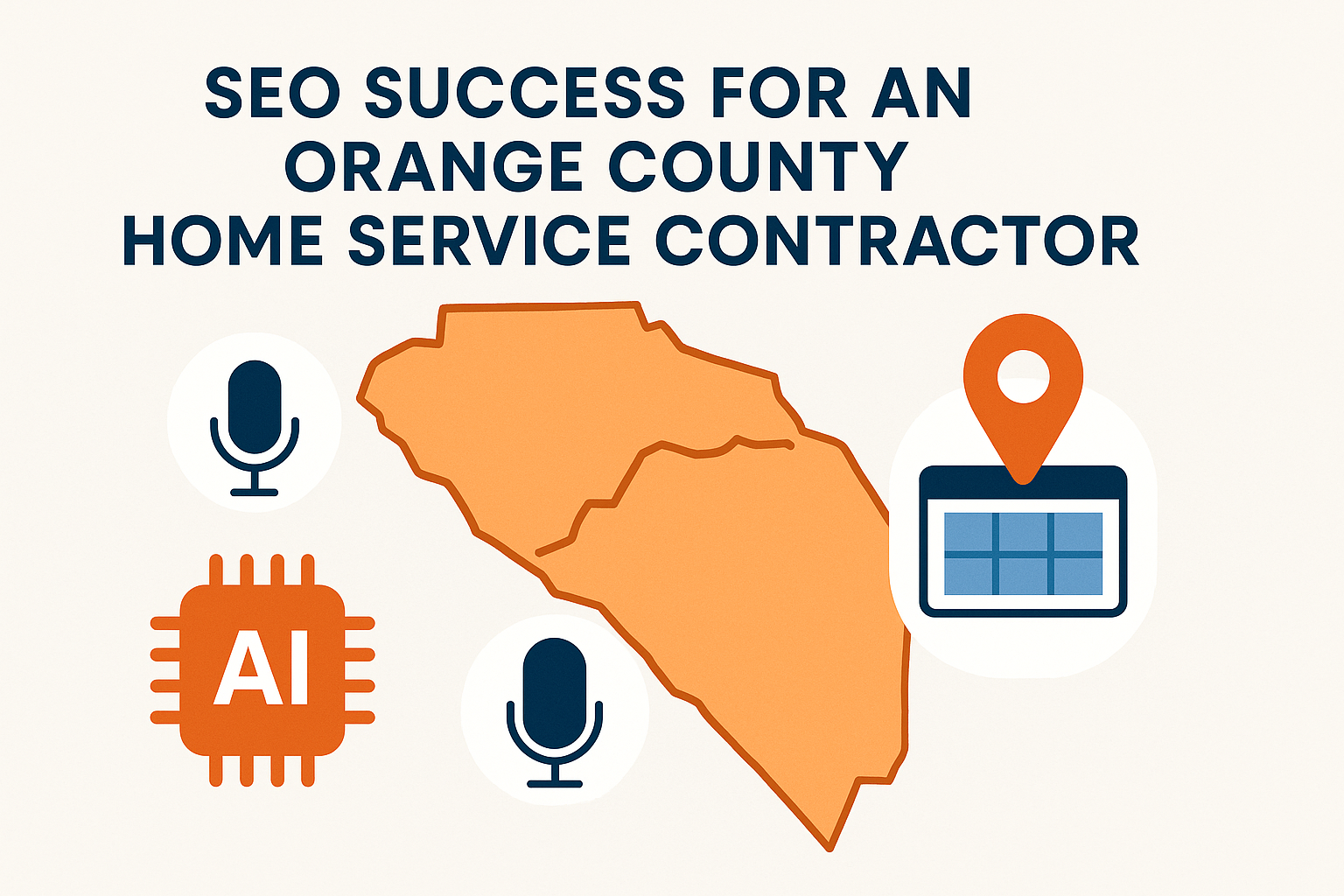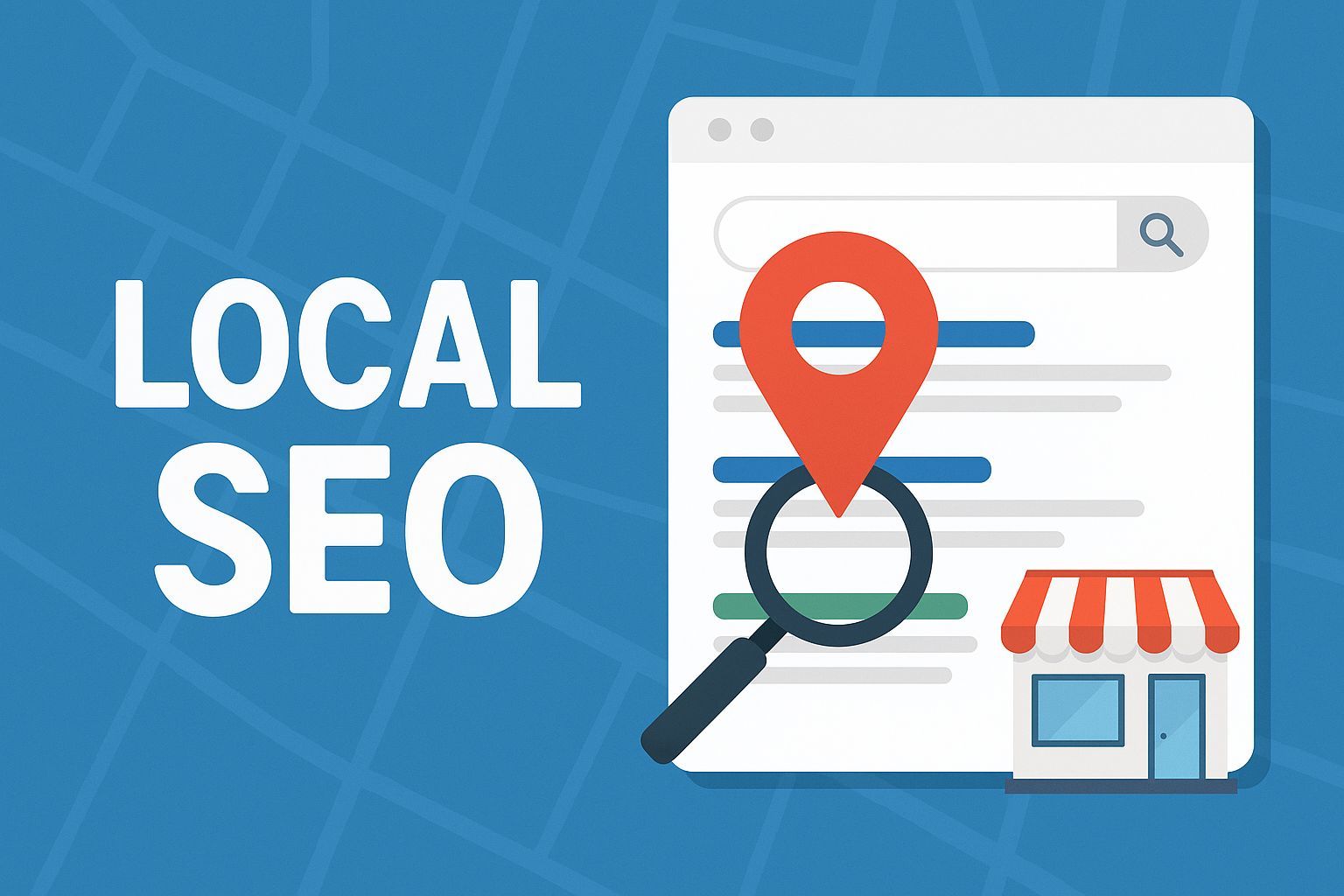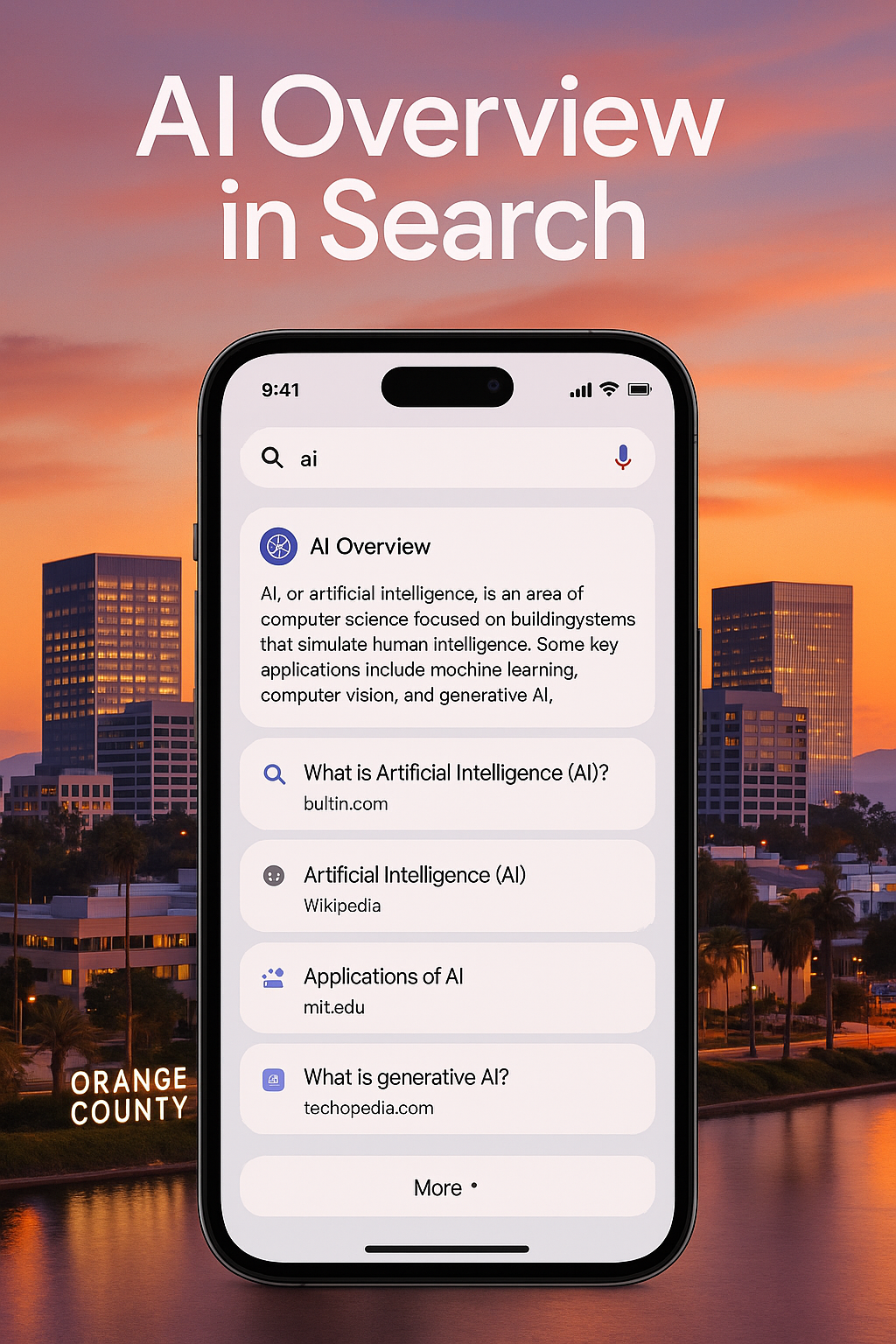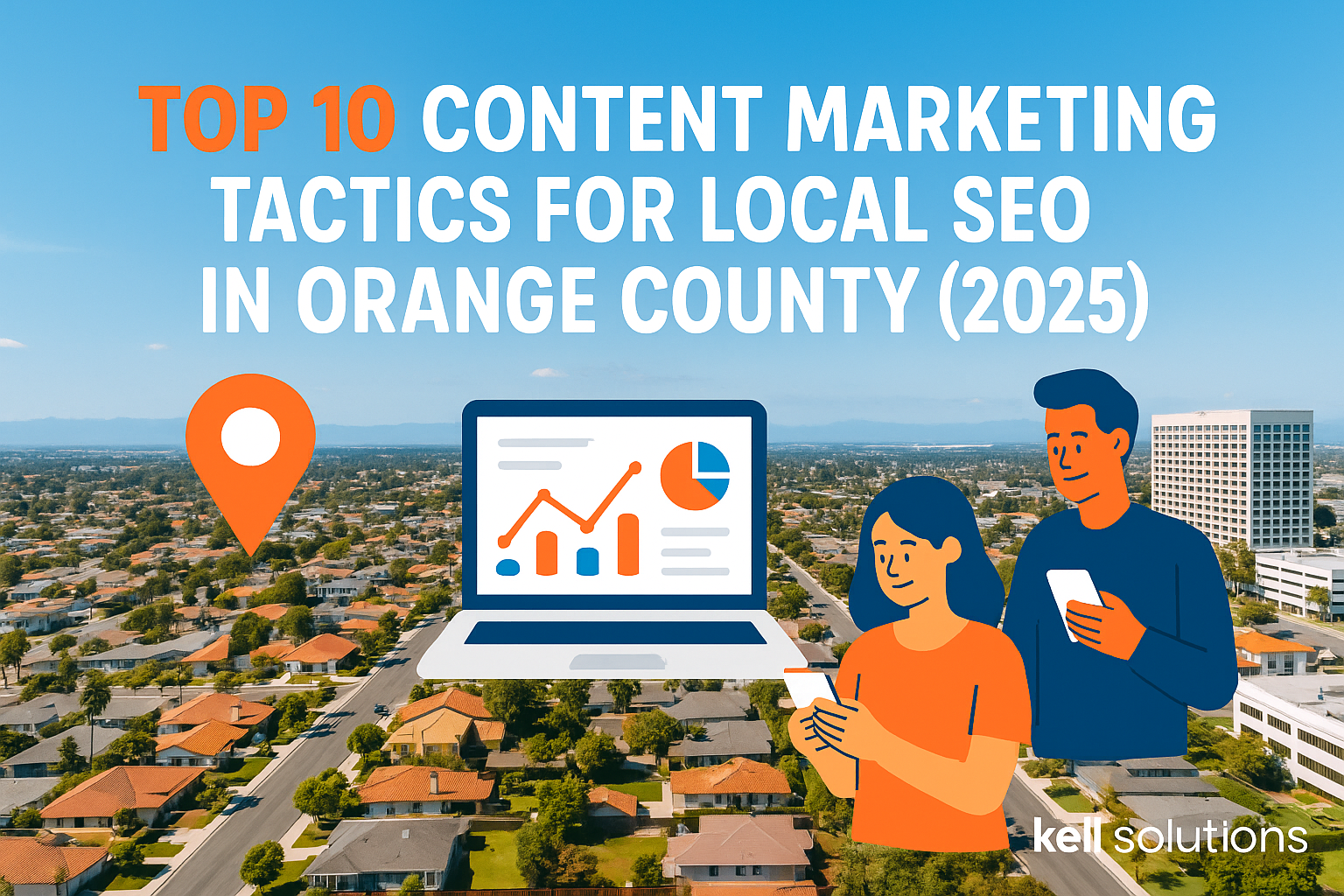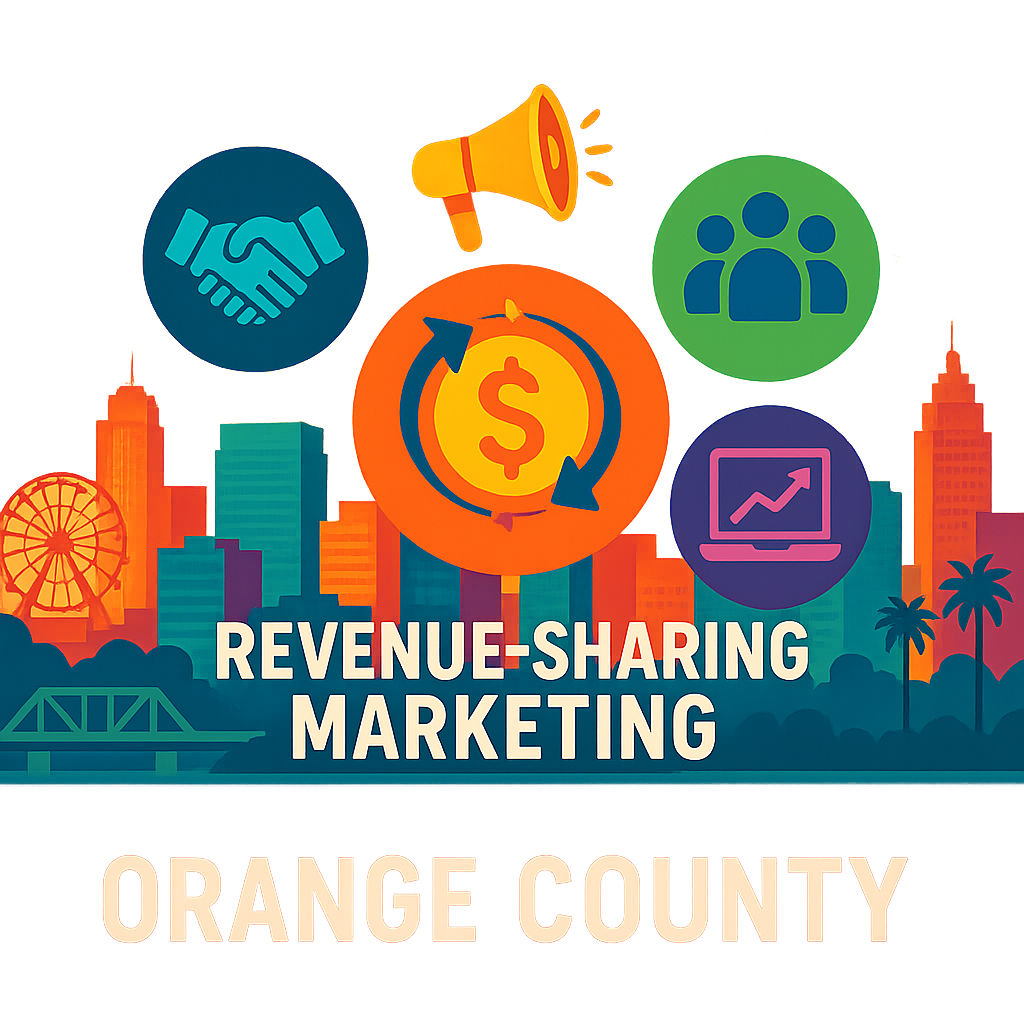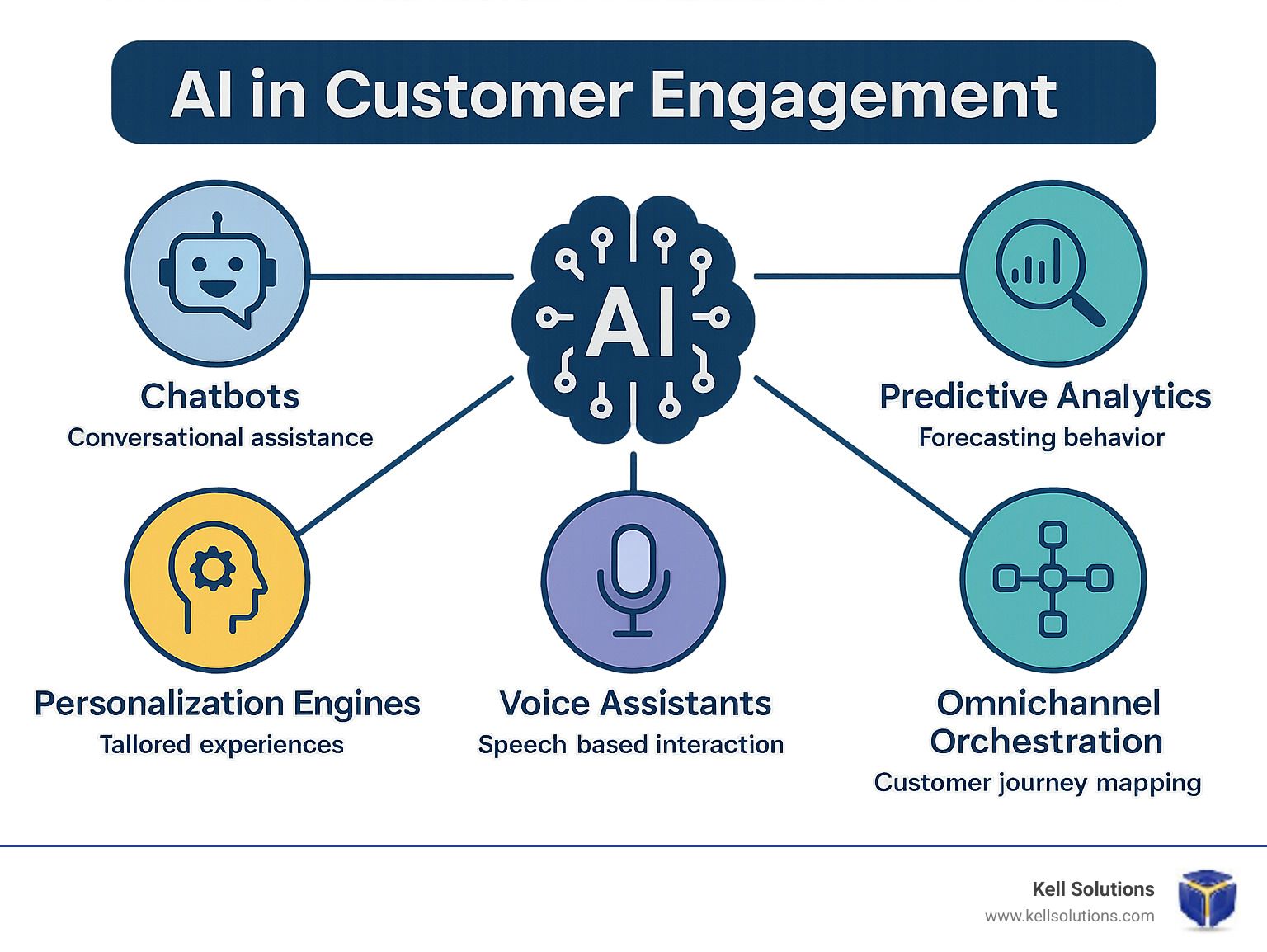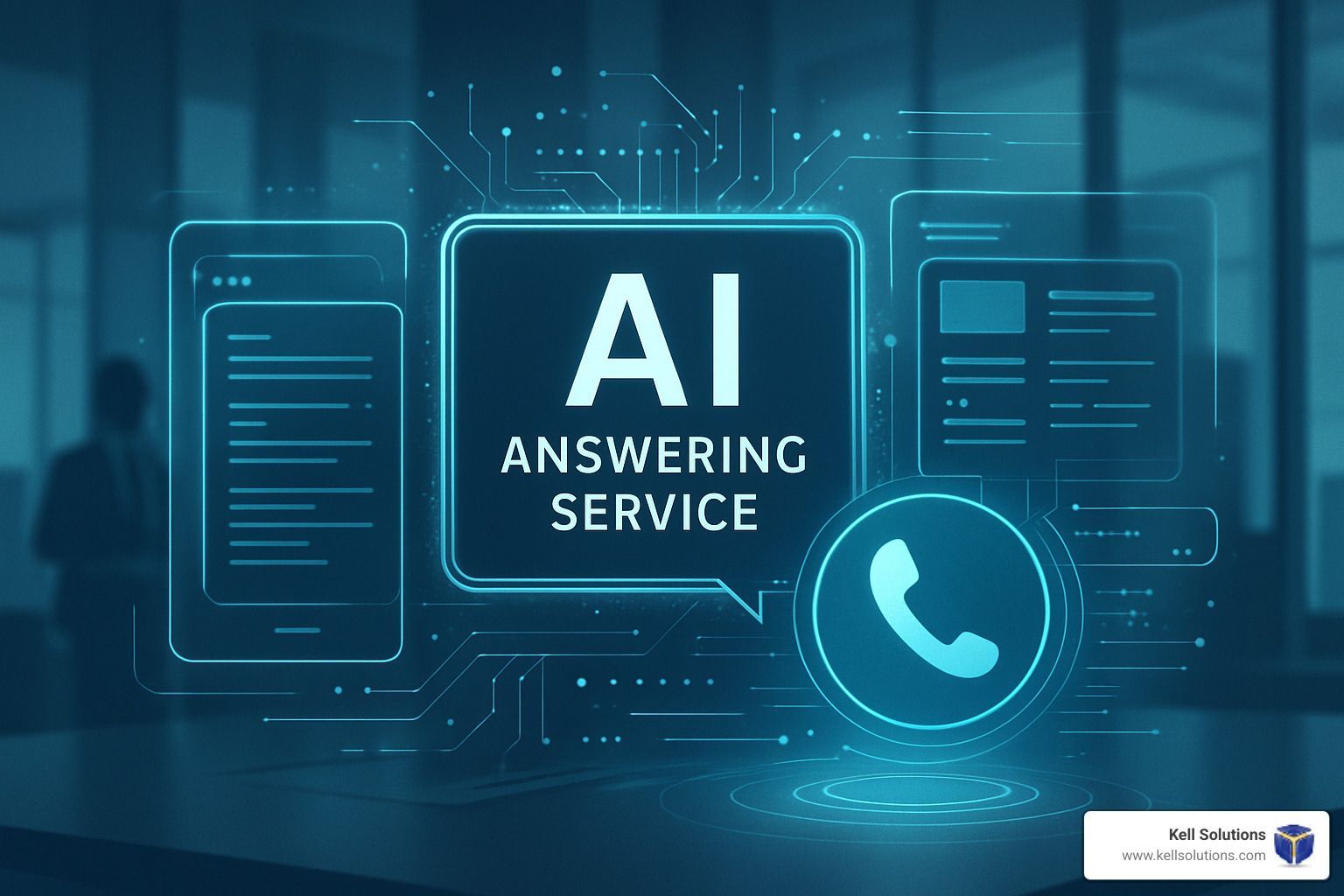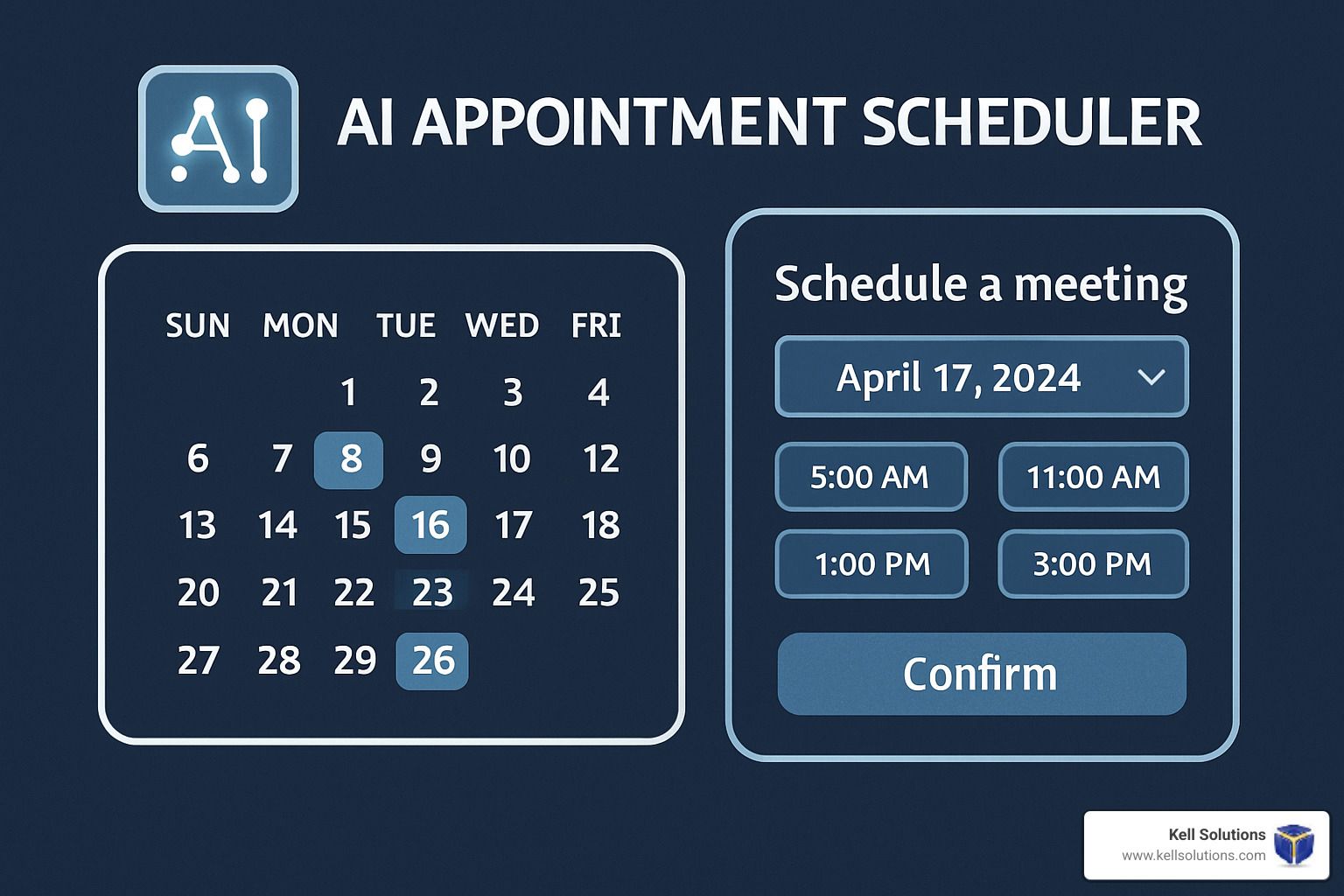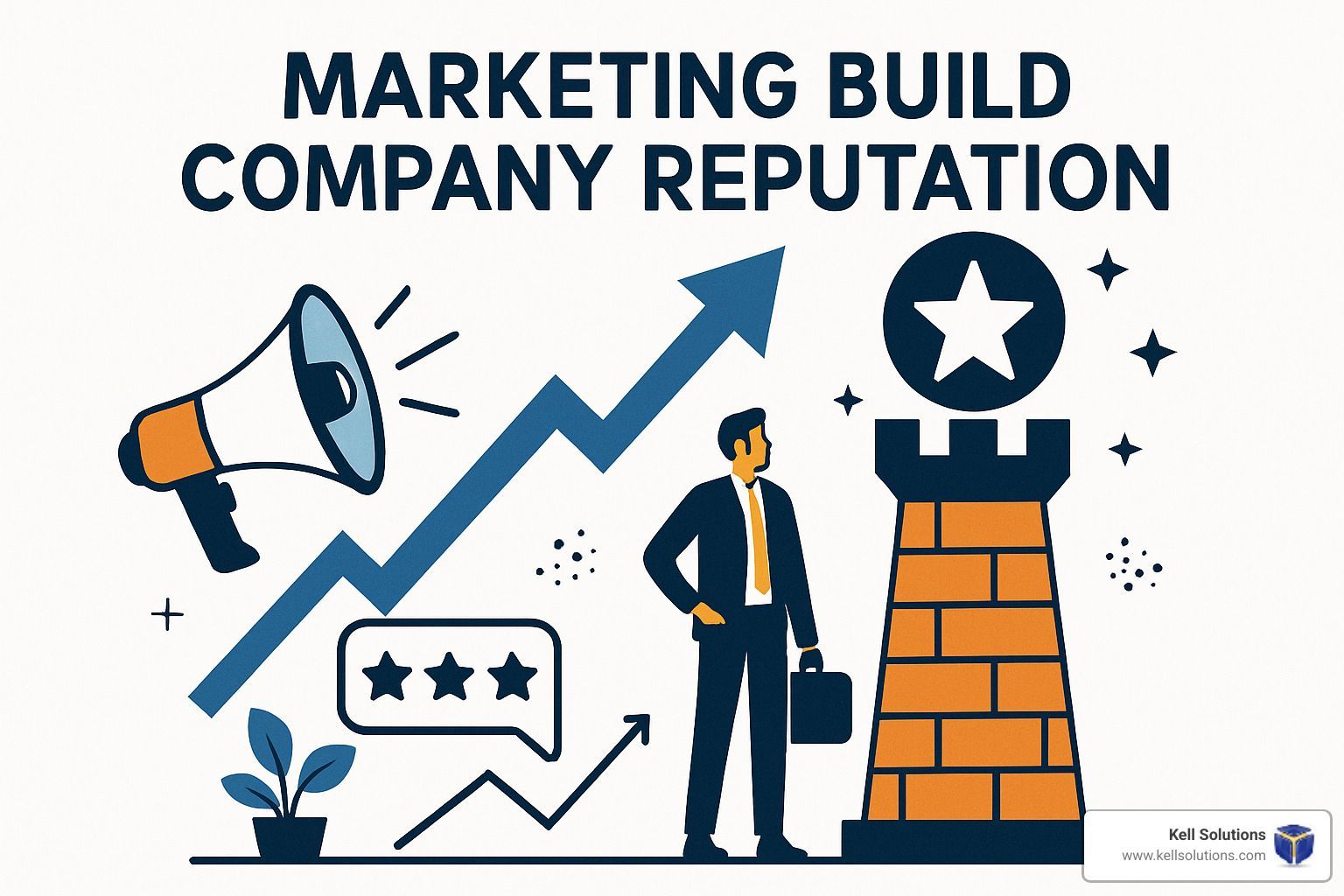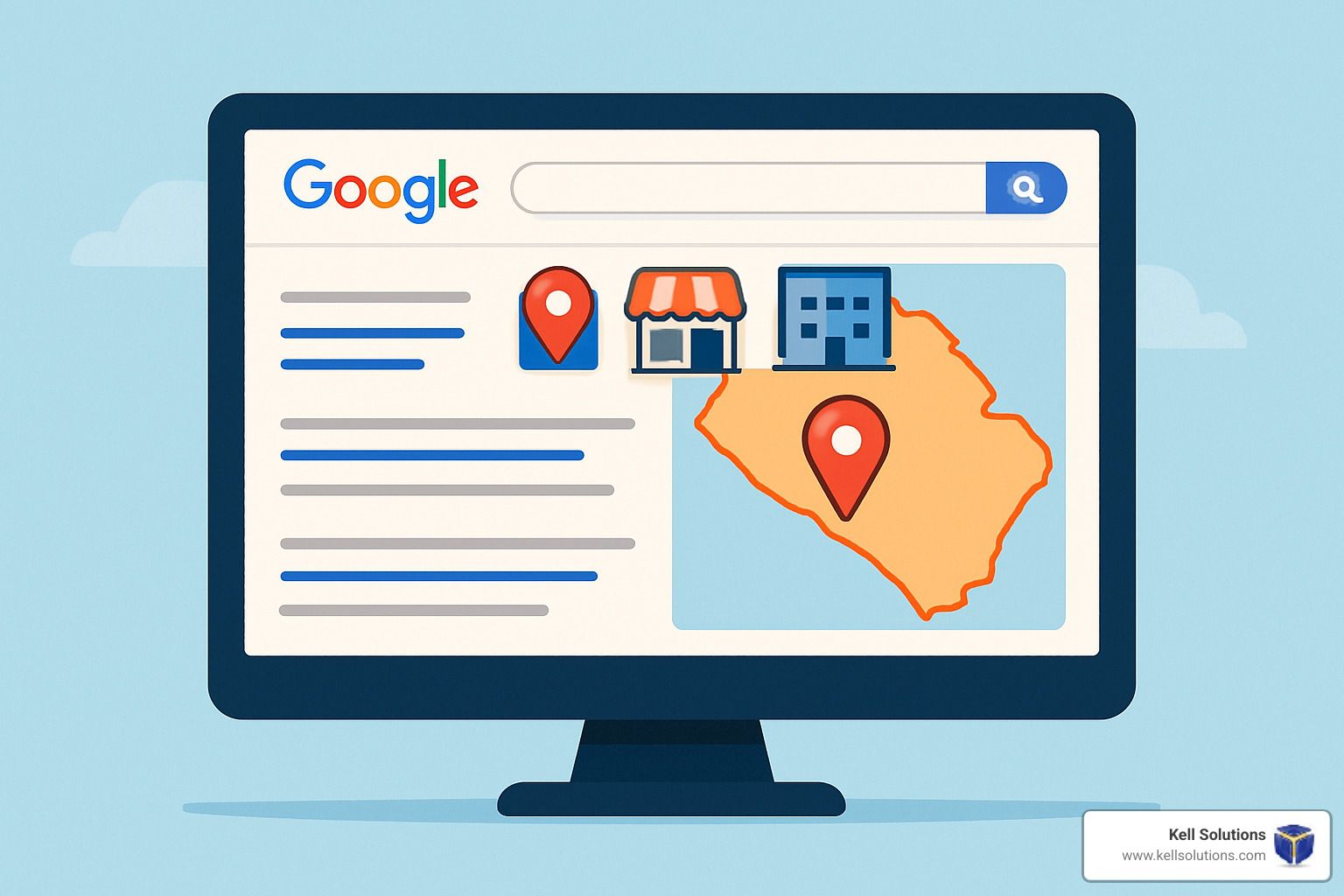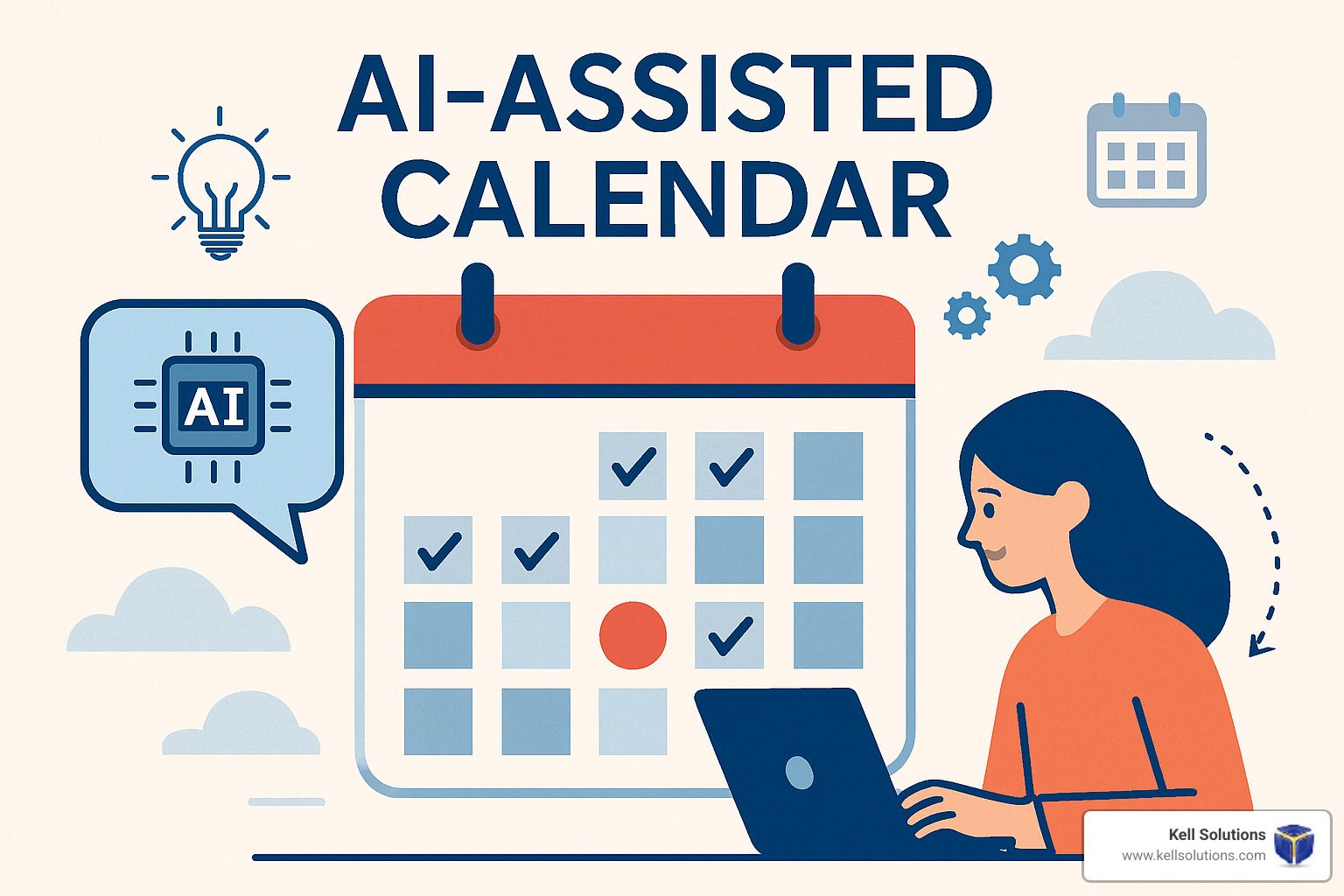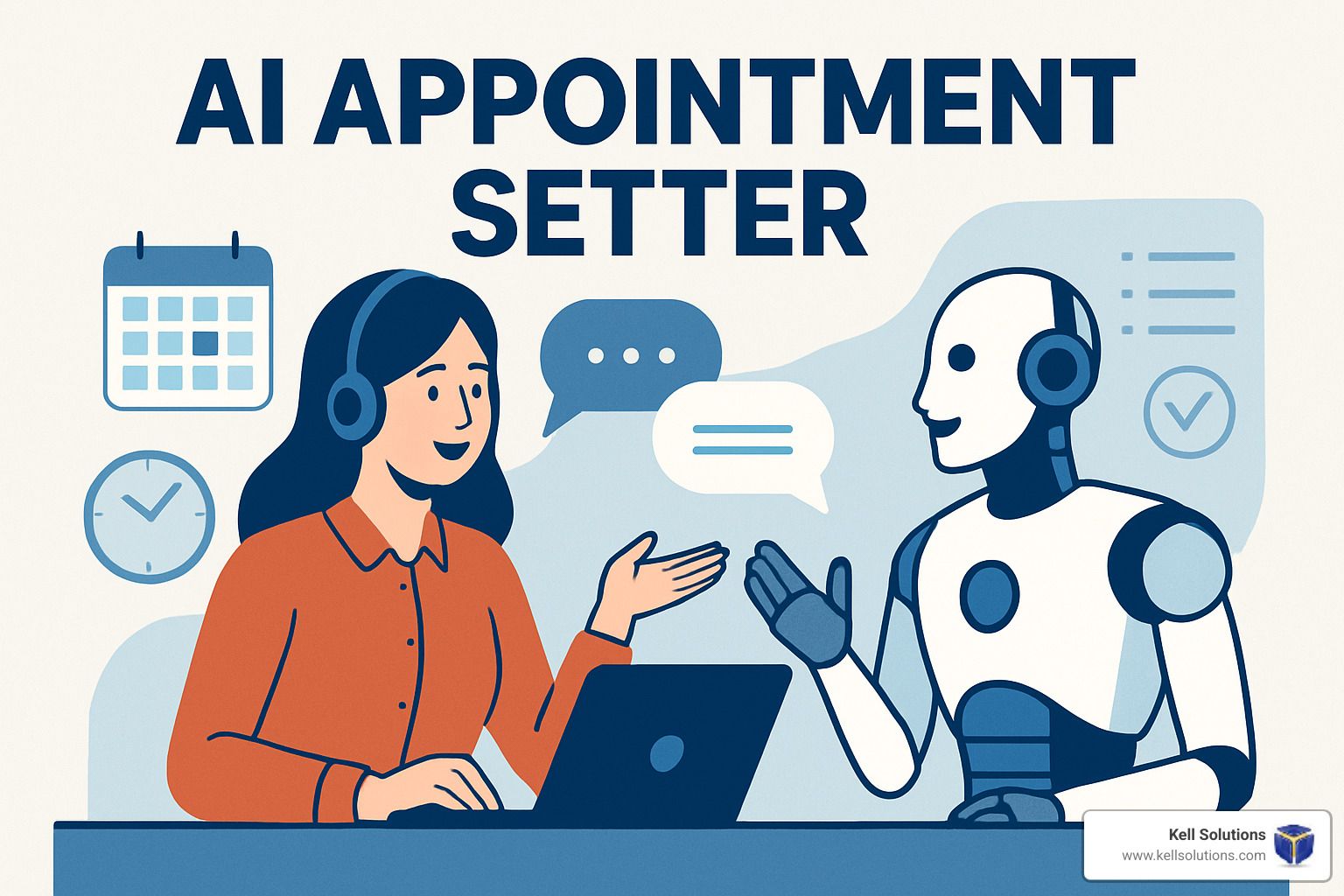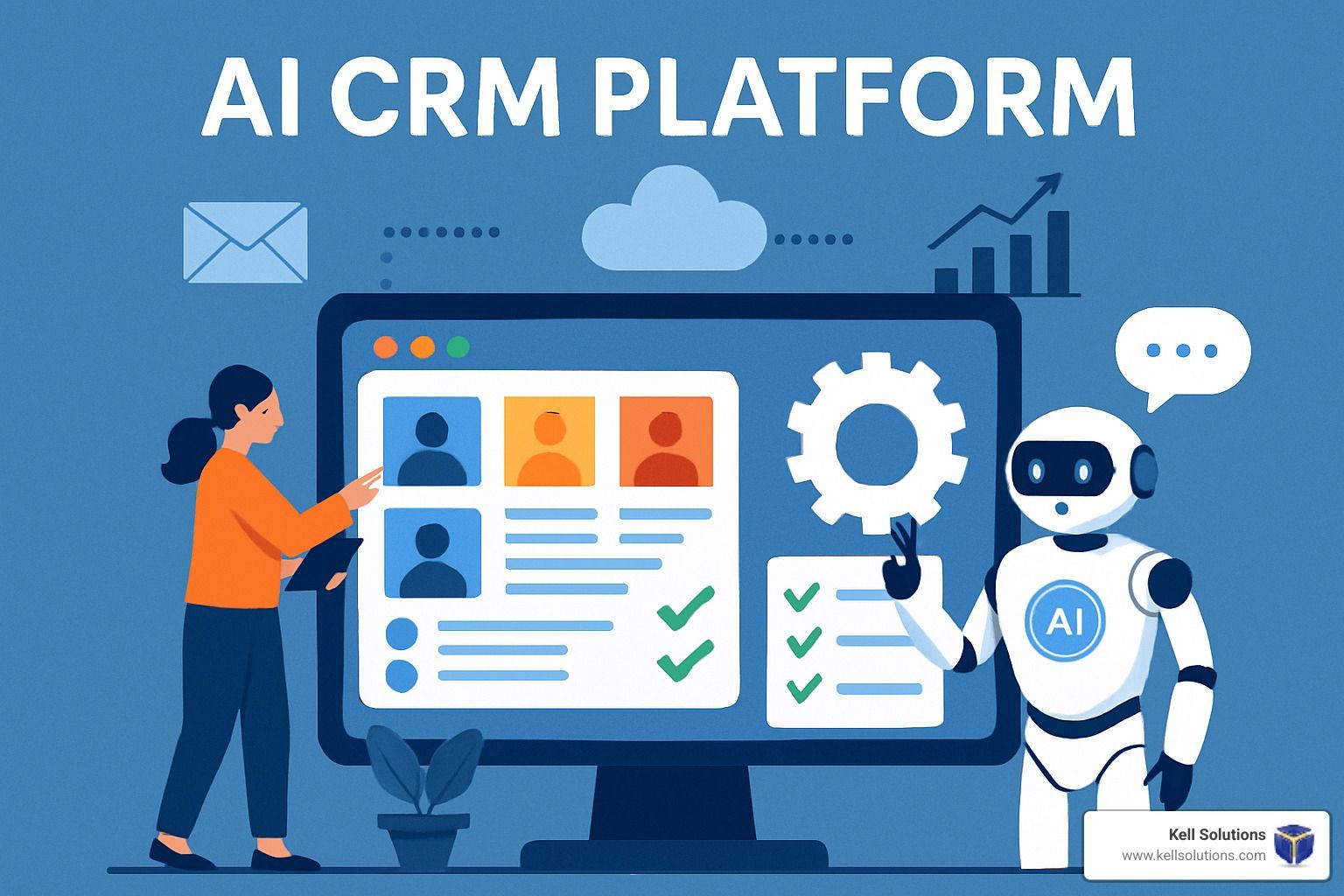8 Essential Steps for Successful AI Implementation in Your Business
Learn how to integrate artificial intelligence into your business with a strategic, step-by-step approach to maximize efficiency and innovation.

Artificial intelligence (AI) is transforming industries across the globe, offering opportunities to improve efficiency, enhance customer experiences, and drive innovation. However, successful AI implementation requires careful planning, a deep understanding of your business goals, and the right framework to avoid common pitfalls. In this blog post, we’ll explore eight essential steps to implement AI effectively, ensuring long-term success and alignment with your business priorities.
What is AI Implementation?
AI implementation involves integrating AI technologies into your workflows to solve problems, optimize processes, and achieve strategic objectives. From AI-powered chatbots to predictive analytics, the applications are vast, but they all depend on a structured, goal-oriented approach.
Step 1: Define Your AI Goals
Keyword Focus: AI implementation goals, business objectives for AI
Defining your goals is the foundation of a successful AI initiative. Start by identifying the specific problems AI can address within your organization. Ask:
- What inefficiencies can AI help solve?
- How can generative AI enhance customer interactions?
- What processes can benefit from automation?
Establish measurable success metrics such as cost reduction, improved accuracy, or increased customer satisfaction. For example, aim to improve operational efficiency by 20% or reduce customer response times by 30%. Clear objectives provide focus and ensure alignment with your business strategy.
Step 2: Assess Data Quality and Accessibility
Keyword Focus: data quality for AI, accessible data for machine learning
AI systems thrive on high-quality data. Evaluate your data sources for:
- Accuracy
- Completeness
- Relevance to your business problem
Clean and organize your data to eliminate inaccuracies and fill in gaps. Ensure data accessibility by storing it in structured, machine-readable formats and addressing privacy concerns. Proper data preparation reduces bias and improves AI model reliability.
Step 3: Choose the Right AI Technology
Keyword Focus: AI tools, selecting AI technology
Select AI technologies that match your goals. Whether you need predictive modeling, natural language processing (NLP), or computer vision, ensure the chosen tools align with your tasks. Popular solutions include:
- Cloud-based platforms for scalability
- Open-source libraries like Scikit-Learn and TensorFlow for flexibility
- Prebuilt algorithms to accelerate development
Choosing the right infrastructure and tools ensures seamless implementation and scalability.
Step 4: Build an AI-Proficient Team
Keyword Focus: AI-skilled team, roles for AI projects
AI implementation requires a skilled team with roles such as:
- Data Scientists: Analyze data and build models.
- Machine Learning Engineers: Deploy and optimize models.
- Domain Experts: Ensure alignment with business needs.
Consider upskilling current employees or hiring specialists to build a balanced team. A project manager with AI experience can coordinate workflows and timelines, while ethical AI experts ensure compliance with privacy regulations.
Step 5: Foster a Culture of AI Innovation
Keyword Focus: AI adoption, innovation culture
To fully embrace AI, foster a culture of innovation within your organization:
- Encourage creativity and openness to new ideas.
- Use pilot projects to test AI applications before full-scale implementation.
- Communicate a clear vision for AI and its benefits.
When employees feel empowered to explore AI’s potential, adoption becomes smoother, and your organization gains a competitive edge.
Step 6: Manage Risks and Build Ethical Frameworks
Keyword Focus: AI ethics, risk management for AI
AI introduces risks, including bias, data breaches, and unintended consequences. Mitigate these risks by:
- Conducting risk assessments during development.
- Implementing data protection measures like encryption and anonymization.
- Establishing ethical frameworks to guide AI use.
An AI ethics committee can oversee projects, ensuring compliance with laws such as GDPR or CCPA while maintaining fairness and transparency.
Step 7: Test and Evaluate AI Models
Keyword Focus: AI model testing, performance evaluation
Before deployment, rigorously test AI models using validation datasets to assess performance metrics like accuracy and precision. Regularly monitor model performance post-deployment to identify and address issues such as data drift or prediction errors.
Use performance dashboards and automated alerts to ensure your AI system remains effective and aligned with business needs over time.
Step 8: Plan for Scalability and Continuous Improvement
Keyword Focus: scalable AI, continuous improvement in AI
AI systems must grow with your business. Opt for scalable infrastructure like cloud platforms that accommodate increased data and user demands. Plan for continuous improvement by:
- Retraining models with updated data.
- Gathering user feedback to refine functionality.
- Enhancing features to meet evolving business requirements.
By prioritizing scalability and adaptability, your AI implementation will deliver sustainable, long-term value.
Conclusion: Unlock the Full Potential of AI
AI has the power to revolutionize businesses, but success depends on a strategic approach tailored to your unique objectives. By following these eight steps—defining goals, assessing data, choosing the right technology, and more—you can implement AI effectively and position your business for growth.
Ready to explore AI solutions for your business? Contact Kell Web Solutions to learn how we can help you leverage AI to achieve your goals.
Explore More Insights:
Check out our
blog for tips and strategies on digital transformation, AI, and business growth!
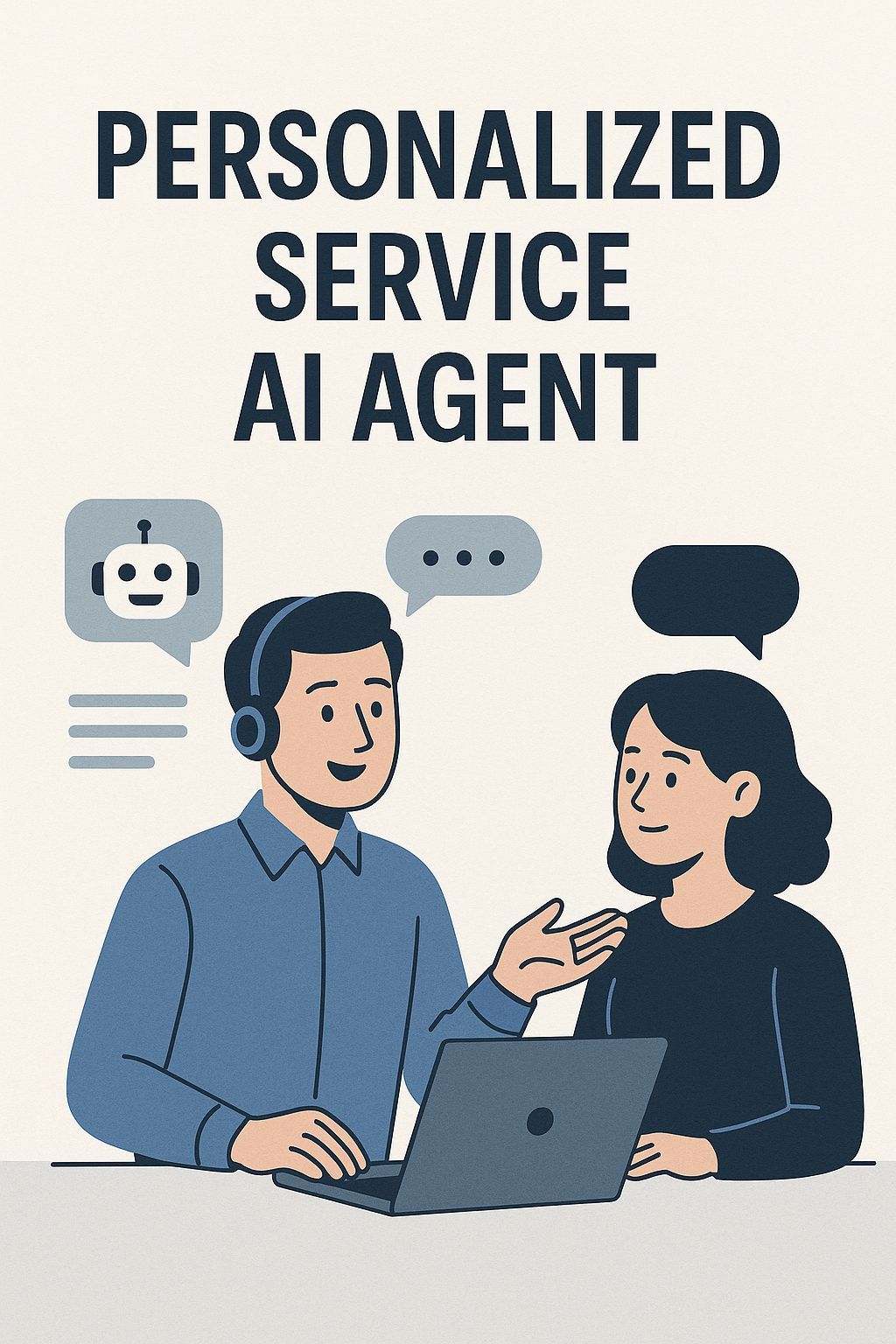

Orange County HVAC Google AI Overview Domination: 7 Proven Strategies to Capture Featured AI Results





